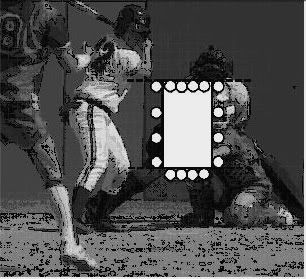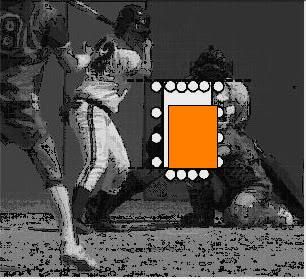Vertically the zone is from the top of the knees to the armpits. Does that mean any part of the ball that crosses the zone or does the entire ball have to be in the zone?
In other words is it like the horizontal zone or not. Where the width is 17" plus 2 times the ball diameter.
Thanks,
Tim
In other words is it like the horizontal zone or not. Where the width is 17" plus 2 times the ball diameter.
Thanks,
Tim







